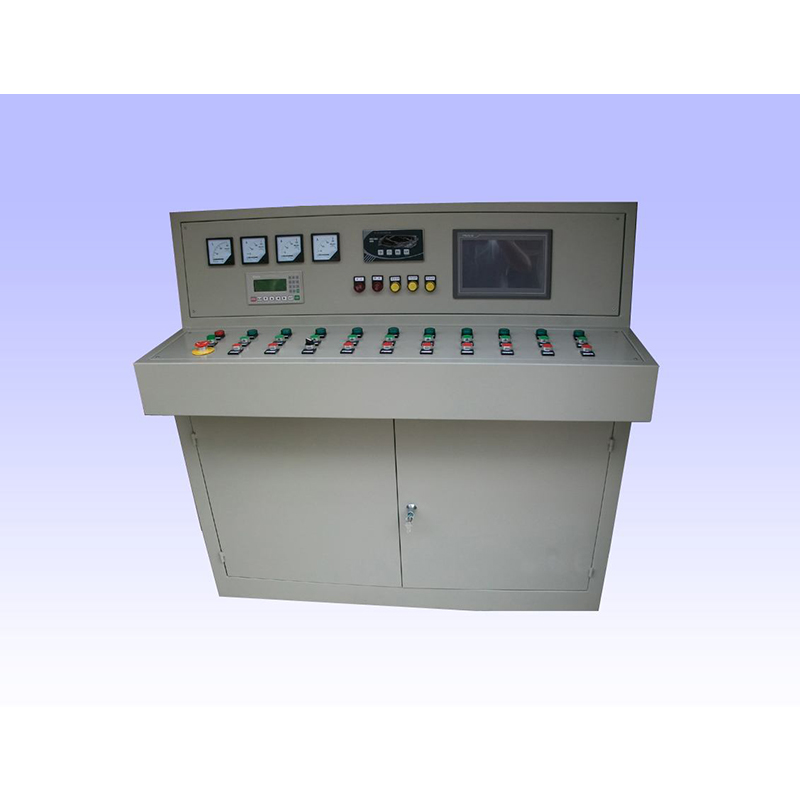
12 月 . 04, 2024 09:26
Back to list
Natural Gas Pressure Regulation Facility for Safe and Efficient Distribution
The Importance of Natural Gas Pressure Reducing Stations
Natural gas is a critical energy source that supplies heating, electricity, and fuel across the globe. As natural gas moves through pipeline systems from production sites to end-users, it travels under high pressure. This pressure must be carefully managed to ensure the safety and efficiency of the entire gas distribution system. One of the key components in this process is the natural gas pressure reducing station.
A natural gas pressure reducing station serves as a critical interface between high-pressure transmission pipelines and lower-pressure distribution networks. The primary function of these stations is to reduce the pressure of the natural gas to a manageable level before it enters the distribution system. This is essential because most end-use applications—whether residential, commercial, or industrial—require gas at a much lower pressure for safe and efficient usage.
Components of a Pressure Reducing Station
Pressure reducing stations typically consist of several crucial components, including pressure regulators, filters, safety devices, and sometimes odorization equipment.
1. Pressure Regulators These are the heart of the station. They automatically adjust the flow of gas based on the system's demand, ensuring that the gas pressure remains within safe operating limits. Regulators can be adjusted to different settings to accommodate changes in consumption patterns, making them integral to flexible gas distribution.
2. Filters Natural gas can contain impurities and particulates that can damage regulators and other downstream equipment. Filters in a pressure reducing station help to remove these contaminants, thus prolonging the lifespan of the equipment and maintaining the system's efficiency.
natural gas pressure reducing station

3. Safety Devices Safety is paramount in natural gas operations. Pressure reducing stations are equipped with various safety devices, including relief valves and excess flow valves. These devices protect the system from pressure surges and ensure immediate shutdown in case of an emergency, thereby minimizing risks associated with gas leaks or explosions.
4. Odorization Equipment To enhance safety, natural gas is odorized with a distinctive smell, allowing for quick detection of leaks. Some pressure reducing stations include odorization systems to ensure that gas remains detectable as it moves through the distribution network.
Operational Importance
The operation of natural gas pressure reducing stations is vital in maintaining the supply chain of natural gas. A failure in these stations can lead to significant disruptions in service, potential safety hazards, and costly downtime. Regular maintenance and monitoring are essential to avoid such incidents. Operators use advanced technology and remote monitoring systems to track performance metrics, enabling prompt responses to irregularities.
Moreover, as the energy landscape evolves with increased emphasis on sustainability, pressure reducing stations are adapting to integrate renewable gas sources into the existing network. Facilities now have the capacity to accommodate biogas and other renewable gases, which require careful management to maintain pressure stability.
Conclusion
Natural gas pressure reducing stations play a crucial role in the safe and efficient delivery of natural gas to consumers. By managing the pressure of natural gas from high-pressure pipelines to suitable levels for distribution, these stations not only ensure the operational integrity of the gas infrastructure but also enhance safety for residents and businesses alike. As the demand for natural gas continues to grow in a transitioning energy landscape, the significance of pressure reducing stations will only increase, highlighting the need for continued advancements in technology and practices to support this essential component of gas distribution.
Latest news
-
Unlocking The Quality Gas Pressure ReducersNewsNov.01,2024
-
The Role of Gas Pressure Reducing StationsNewsNov.01,2024
-
The Importance and Functionality of Safety Relief ValvesNewsNov.01,2024
-
The Essential Role of Safety Valves in Natural Gas ApplicationsNewsNov.01,2024
-
The Essential Role of Gas Pressure RegulatorsNewsNov.01,2024
-
Enhance Your Premium Gas FiltersNewsNov.01,2024

